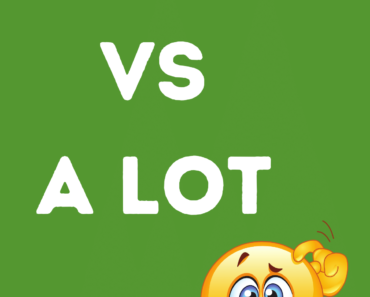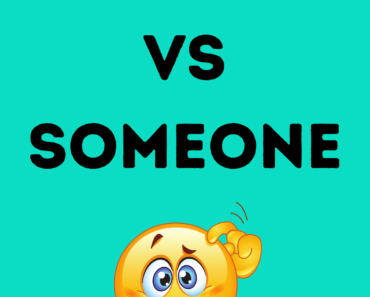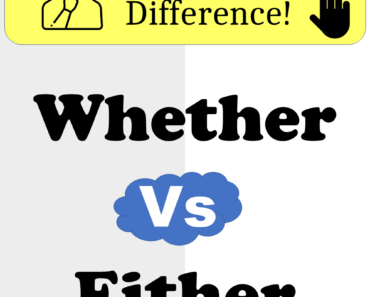“Compare to” is used to highlight similarities between different things, while “compare with” is used to assess similarities and differences between similar things. For example, “compared to” likens a writer to a legendary figure, emphasizing the likeness, whereas “compared with” examines the qualities between two similar writers.
Compare To
Definition:
To evaluate or consider something in relation to something else in terms of likeness.
Usage:
- Highlighting Similarities:
Used to liken one entity to another, especially when they belong to different categories.
Example: “He compared the skyscraper to a towering giant.” - Figurative or Metaphorical Comparisons:
Emphasizes resemblances or characteristics in a more poetic or illustrative manner.
Example: “She compared her life to a roller coaster.”
Examples:
- “The poet compared her emotions to a turbulent sea.”
- “He compared the journey to an odyssey.”
Compare With
Definition:
To examine the similarities and differences between entities, typically within the same category.
Usage:
- Analyzing Similarities and Differences:
Commonly used when comparing objects, concepts, or individuals that share common attributes.
Example: “She compared this year’s sales with last year’s numbers.” - Objective Assessment:
Used to scrutinize differences in a more methodical, factual manner.
Example: “The study compared the health outcomes of smokers with non-smokers.”
Examples:
- “Comparing this artist’s work with his previous collection shows significant improvement.”
- “When you compare this laptop with its competitor, the differences are stark.”
In summary, “compare to” draws similarities between different kinds of entities, often in a figurative way, while “compare with” examines similarities and differences between similar things, often in an analytical context.







